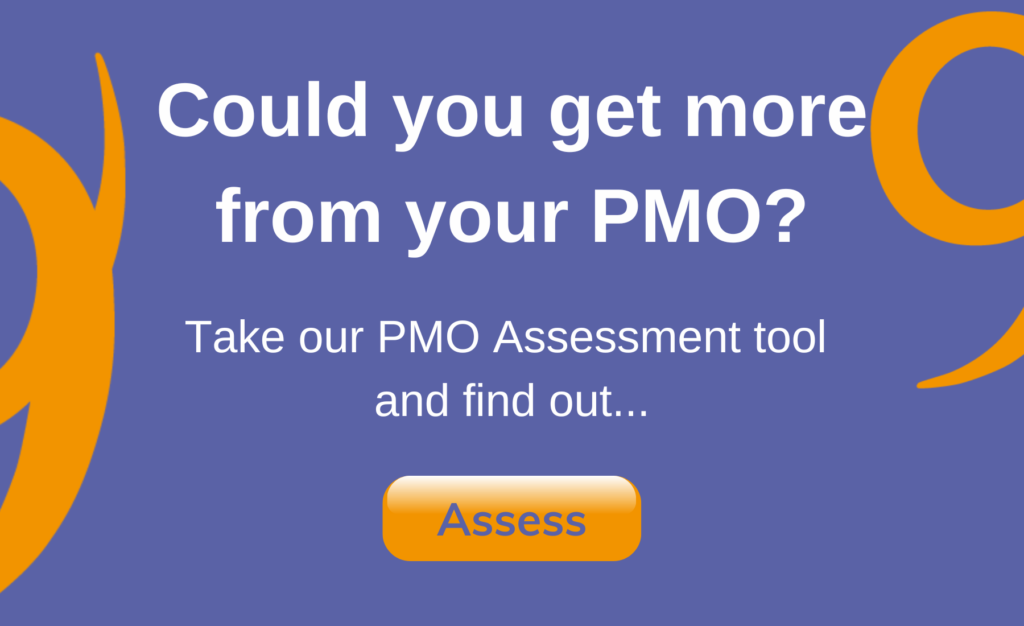Organisations put a lot of effort into developing their strategies to enter new markets, capture greater market shares, become more profitable or improve other aspects of their business. However, many fail to deliver. According to a recent Harvard Business School article the plans often fail due to ineffective strategy execution.
The article quotes several reasons as to why this happens. First, ineffective resource allocation and subsequent management; the business tries to juggle delivering business as unusual with the same people who are delivering against the strategy. Secondly, poor design of the activities required to deliver the required outcomes. Frequently, the portfolio of programmes and projects either doesn’t reflect the intent of the strategy or is too complicated to deal with the dynamics of the ‘real world’; it is not agile. Thirdly, there is often a lack of organisational support. A strategy requires support of employees, stakeholders, and customers; in order to deliver effective results, it requires effective stakeholder engagement supported by a sound change framework.
Some companies attempt to counter these challenges by designing a portfolio of projects/programmes which are carefully scheduled based on several assumptions. These include availability of resources, market conditions, and effective technology. The reality is usually very different; the situation is dynamic as the real world gets in the way, leading to failure. So, what’s the solution? According to a Deloitte Paper, it’s a more dynamic approach to strategy execution. This is more than Portfolio Management; it is portfolio redesign by those who have the expertise to plan and then coordinate its execution.
The Portfolio Office is a potential solution as it already fulfils the role of ensuring the strategies and performance requirements of an organisation are realised via programmes and projects. Its role however needs to be expanded to also provide business strategy and change design. A recent PMI Paper proposes expanding the role of the PMO. They suggest a new type of PMO called an xMO which takes an enterprise view working with delivery teams towards achieving the organisation’s strategic goals.
Explore our PMO services at Nine Feet Tall.

The problem is in some organisations the PMO is nothing more than a reporting and governance organisation, underplaying the potential of the PMO of the future. With the right resource and empowerment, the PMO can become the part of the business that realises the strategy. It doesn’t wait for the strategy but works with the strategists to design the strategy execution. It translates the vision, desired outcomes and then delivers the portfolio while constantly reviewing the underlying planning assumptions.
The PMO of the future will operate across all functional areas of the business. It will adapt the Strategy Execution to changing conditions and assumptions both internally and externally to ensure the overall intent of the strategy is still achieved. Noting that projects and programmes are temporary, the PMO of the future will provide the continuity that enables it to see a 5-year strategy through to completion. The PMO learns from earlier programmes and adjusts ‘inflight’ change programmes.
The PMO of the future is therefore more closely aligned to the strategy department but with an independence of thought and actions. While it needs to be empowered and trusted by the organisation, it does need people who can think and operate at the highest level in the organisation. It needs the ability to see the ‘bigger picture’ and translate it into the right programmes supported by the right change framework. Nine Feet Tall can provide you with advice on creating the PMO of the future. It can also provide a PMO as Service option providing you with a PMO independent of organisation focused on delivering the strategy. Get in touch today and explore the future of your PMO.








